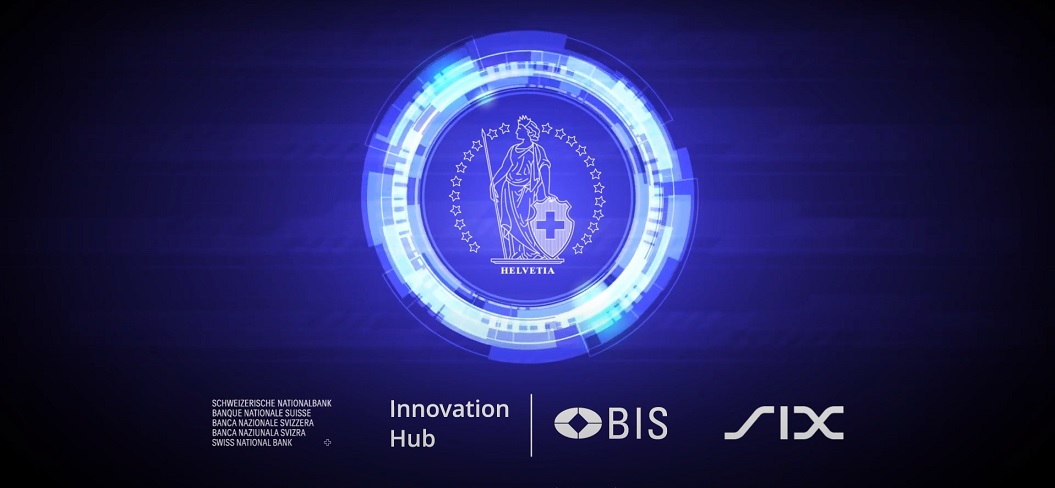
Project Helvetia, an experiment between the Bank for International Settlements’ Innovation Hub (BISIH) Swiss Centre, the Swiss National Bank (SNB) and the financial market infrastructure operator SIX, successfully shows the feasibility of integrating tokenised assets and central bank money.
„The experiment should not be interpreted as an indication that the SNB will issue a wholesale CBDC,” according to BIS.
Project Helvetia shows the feasibility of two proofs of concept (PoCs), using “near-live” systems to settle digital assets on a distributed ledger with central bank money. A PoC linking the existing payment system to a distributed ledger and another issuing a wholesale central bank digital currency (CBDC) are compared. The collaboration sets the stage for further joint experimentation to assess the impact of digital innovation on the future of the financial system.
Project Helvetia explored the technological and legal feasibility of transferring digital assets through:
– issuing a wholesale CBDC onto a distributed digital asset platform; and
– linking the digital asset platform to the existing wholesale payment system.
The initiative demonstrated the feasibility and legal robustness of both alternatives in a nearlive setup.
However, comparing them reveals benefits and challenges. A wholesale CBDC has potential advantages when settling digital assets. Yet it would raise major policy and governance hurdles. Linking existing systems to new DLT platforms would avoid many of these problems, but would forgo the potential benefits of full integration. Project Helvetia explored a wholesale CBDC, restricted to banks and other financial institutions. A retail or general purpose CBDC would address different use cases and have very different policy implications.
The proofs of concept are experiments conducted at the BISIH and should not be interpreted as an indication that the SNB is to issue wholesale CBDCs onto SIX Digital Exchange’s (SDX) platform or to allow settlement of SDX transactions in the Swiss Interbank Clearing system.
“Irrespective of which technologies the financial markets adopt next, the safety and reliability of Swiss financial infrastructure must be preserved. If DLT can deliver significant improvements in securities trading and settlement, then the SNB will be prepared,” said Andréa M. Maechler, Member of the Governing Board of the SNB.
Further work is needed; the next steps are to gain a better understanding of the practical complexities and policy implications of wholesale CBDC. Different design choices that allow for trade-offs between risks and benefits need to be explored.
“If wholesale CBDCs are to fulfil their potential as a new means of settlement, their design and implications deserve close study and consideration. This is only possible via continued deliberations and experimentations among central banks and with other stakeholders, such as market supervisors and the private sector. Given the speed of digital transformation, central banks – and others – need to learn fast to make informed policy decisions,” said Benoît Cœuré, Head of the BISIH.
Project Helvetia was the first wholesale CBDC experiment by the SNB and complements the planned launch of SDX. It is an example of how open collaboration can improve the common understanding of the impact of digital innovation on the future of the financial system.
“The outstanding collaboration between all parties over the past year has provided us with deeply valuable insights. It is now crucial that we continue our journey incorporating our learnings and understanding the benefits to ensure that the added value for the financial industry will far outweigh the effort,” said Jos Dijsselhof, CEO SIX.
The report is available here
Banking 4.0 – „how was the experience for you”
„To be honest I think that Sinaia, your conference, is much better then Davos.”
Many more interesting quotes in the video below: